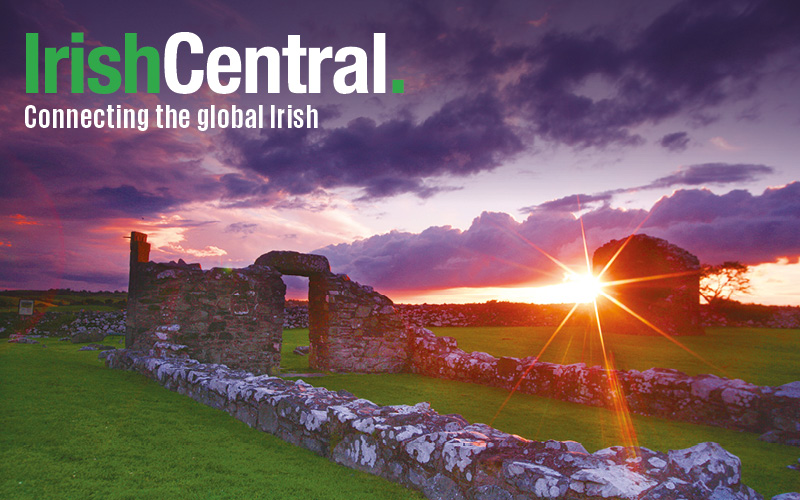ALL IRELAND FOOTBALL CARNIVAL
In 1958, Ardmore, the first Irish film studio opened in Bray, Co. Wicklow. Films made or based at Ardmore include The Spy Who Came in from the Cold (1965), The Lion in Winter (1968), My Left Foot (1989), The Commitments (1991), In the Name of the Father (1993), Braveheart (1995) and The Tailor of Panama (2001).
Broadcasting: On New Year’s Day, 1926, with Gaelic League founder and future first Irish president Dr. Douglas Hyde at the microphone, indigenous Irish radio broadcasting began over the Dublin Broadcasting Station, with its call sign 2RN meant to invoke the last two words of the song “Come Back to Erin.” (BBC had begun broadcasting its programs in Belfast two years earlier.)
BBC Northern Ireland brought television to the island in 1953, followed by Ulster Television (UTV) in 1959. Approximately 60 percent of the Republic’s population could receive UK based signals from the Northern Ireland, Wales and England.
The Irish Republic’s Radio Eireann Authority began broadcasting its license-based television service on the last day of 1961, In 1966 Radio Eireann became Radio Telefis Eirean, the now familiar RTE, overseeing both radio and the development of Irish television.
So that was then. Back to now...
MEDIA PINGS: An Irish American journalist drills one well-known Irish American, lauds another. Joanna Molloy writing in the July 8 Daily News, isn’t buying Lindsay Lohan’s sob story act at her sentencing, but she does think maybe the wrong Lohan is going to jail, writing, “You might wish it was her mother Dina, who will be locked up in a California cell July 20. After all it was Dina who put Lindsay to work at age 3. Who had her do 100 commercials by age 10. Who sent her to the Disney freak factory—who also gave us the tragic Britney Spears—to make ‘The Parent Trap’ at age 11.” (http://bit.ly/adahlN)…Molloy also wrote a great piece about another Irish American media figure, but this time in glowing terms in her tale of the belated awarding of a high school diploma this summer to the great journalist Pete Hamill, who left New York’s prestigious Regis High School at age 15 to work in the Brooklyn Navy Yard (http://bit.ly/aQOPqn)…while paging through the Daily News make sure you read what’s new from Michael Daly. He unfailingly puts the human face on the critical issues of the day, such as when he challenged Goldman Sachs to contribute to a canned food drive (http://bit.ly/a0765a) ...No one does multimedia better than top museums and the American Museum of Natural History deftly deploys a range of media to tell the chilling, yes chilling, story of the “Race to the End of the Earth” the deadly match race to the South Pole between the Norwegian team lead by Roald Amundsen and the British team lead by Robert Scott. And the Irish angle? The background presence of Antarctic explorer Sir Ernest Henry Shackleton who was born in Kilkea, County Kildare and would later live in Dublin before his family moved to England. (His younger brother also made headlines as a suspect in the 1907 theft of Ireland’s Crown Jewels, though he was later exonerated.) Shackleton served on Scott’s earlier Discovery Expedition to Antarctica from 1901-04 but was forced home by illness. Shackleton would return to Antarctica as the leader of the Nimrod Expedition and in 1909 would establish the record for furthest southern exploration by trekking to within 97 miles of the South Pole. Scott would later follow the Shackleton route in his South Pole bid. A haunting story, ingeniously told through a creative media mix, "Race to the End of the Earth" is a great antidote to a hot New York City summer day (www.amnh.org)…finally, you can find me on Twitter at http://twitter.com/johnleemedia.




Comments